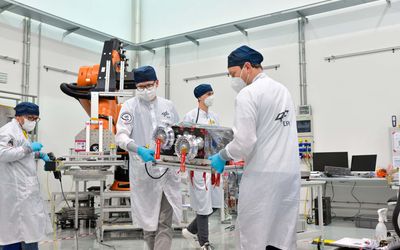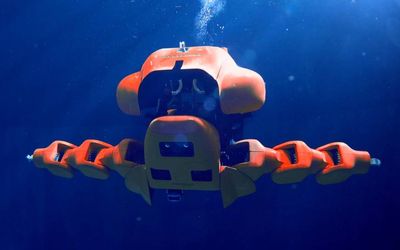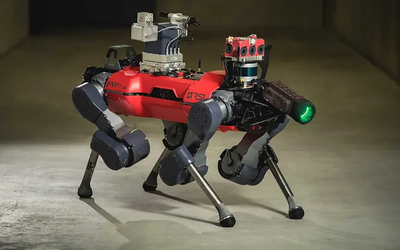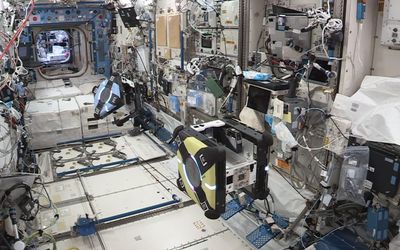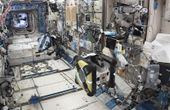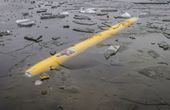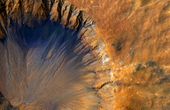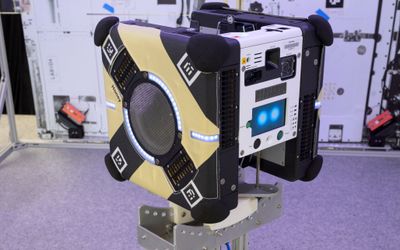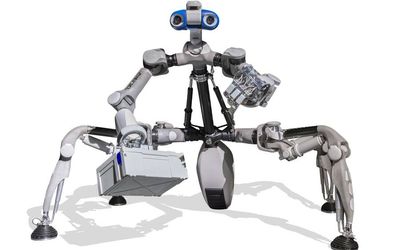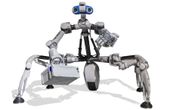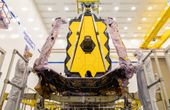Tagged with
space robots
Latest Posts
Paving the way for long-term missions on the moon: European team of autonomous robots explores lava cave in Lanzarote
As potential locations for future base camps, the lava caves on the moon are of great interest. But how can they be reached and explored? This has been investigated by a European consortium coordinated by the German Research Center for Artificial Intelligence (DFKI) in the project CoRob-X
Ever since the first close-up picture of Mars captured in 1965, the hazy and pink world has revealed its mysterious veil. The pace of human exploration of the unknown universe has never stopped. Over the past decades, we have discovered that today’s Martian wasteland hints at a once active world where volcanoes raged, and flash floods rushed over the land.
On an icy mission: DFKI researchers test extraterrestrial under-ice navigation in northern Swedish National Park
Is there life on Jupiter's moon Europa? An ocean suspected to be under miles of ice gives science hope. But how could it be reached and explored? Researchers at the DFKI Robotics Innovation Center have been investigating this question since 2012 in the Europa Explorer project series.
The Astrobee free-flying robots, developed in and managed by the NASA Ames Intelligent Systems Division, were setup for the second session to test an autonomous rendezvous algorithm and assist the ground team in monitoring Astrobee performance of autonomous robotic rendezvous with a tumbling target.






